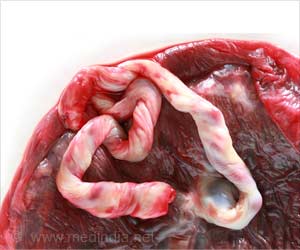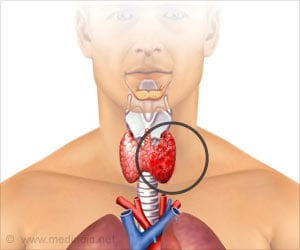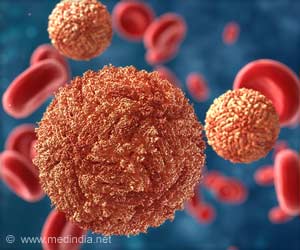an online survey aims to learn how people of different nationalities behave while having fun in the sun, and their attitudes to tanning and skin cancer
Thousands of people are jetting off for a week of sun, snow, and après-ski. And while they may worry about breaking limbs, how many consider the dangers of skin cancer?
It is one of the most common cancers in the UK, with more than 69,000 new cases reported every year. The incidences of the most dangerous type – melanoma – have has doubled over the past 20 years.Now an online survey aims to learn how people of different nationalities behave while having fun in the sun, and their attitudes to tanning and skin cancer.
The survey, at www.genomel.org, is the latest initiative by GenoMEL, a five-year international research consortium, coordinated by the University of Leeds, which is using a combination of genetic science and psychology to try and halt the alarming rise in skin cancers.
Their main focus of the researchers is collecting DNA from thousands of people, to identify the genes – running in families or populations – which may increase susceptibility to skin cancer. The project coordinator is Professor Julia Newton-Bishop of the Leeds Institute of Molecular Medicine.
She explained: “We have identified four high-risk melanoma genes which increase someone’s risk of skin cancer. There are also many other relatively low-risk genes, such as MC1R, – this one which gives people pale skin, red hair and freckles and therefore makes them more susceptible to sun damage.”
But it isn’t simply genetic. For example, in Australia up to 11 per cent of melanoma patients report an earlier family history of the disease, compared to just one per cent in the UK, although both countries have a similar genetic mix. Susceptibility to cancer may be related to lifestyle, where you live – and how you look after yourself in the sunshine.
Advertisement
“This is a great way for people to take part in research and to really make the most of the Internet,” said Professor Newton-Bishop. “With an on-line survey we can involve thousands of people whereas with more traditional methods we could only reach a few hundred.”
Advertisement
The results, expected in early 2008, will help scientists develop more effective prevention and education strategies, aimed at getting millions of sun worshippers to change their behaviour. Professor Newton-Bishop added: “We hope to create an online ‘risk calculator’ that makes it easy for individuals of different skin types to work out how safe they are in the sun, based on our genetic research findings.”
Source-Bio-Bio Technology
SRI











